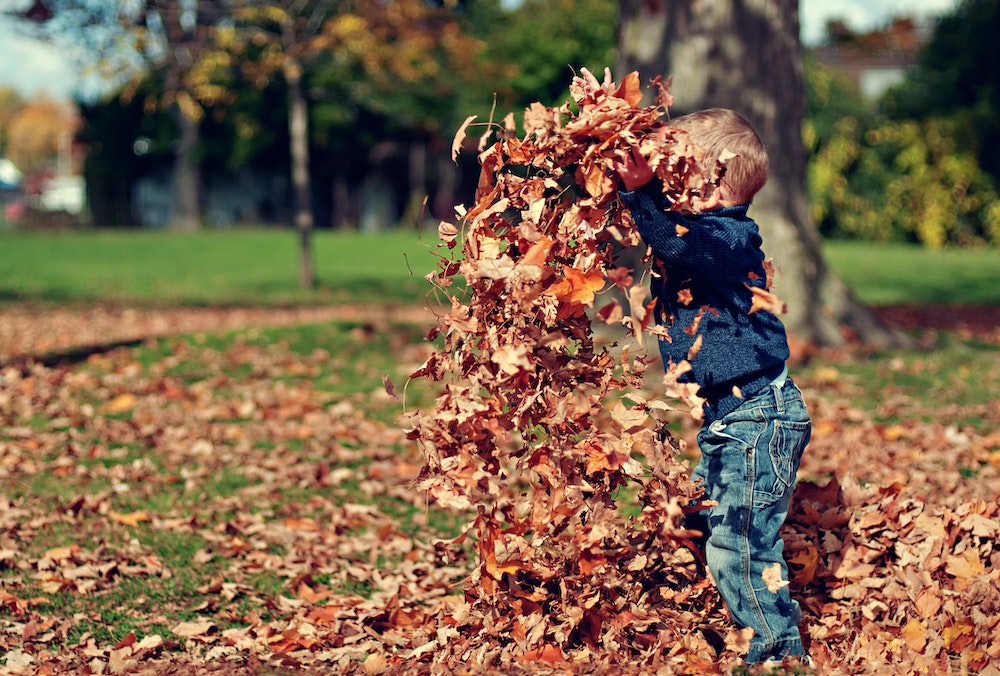Asthma is most common chronic condition among children, according to the American Lung Association. It affects nearly 7 million children in the US under the age of 18 and is the leading cause of long-term illness in children. Recognizing childhood asthma symptoms can help you get the right care for your child and take action sooner rather than later.
What Is Asthma?
Simply put, asthma is the result of inflamed lungs and airways. This, in turn, reduces in the amount of air that can get through. Such issues often occur in response to specific triggers, such as allergic reactions (even seasonal allergies), respiratory illness, cigarette smoke, air pollutants, exercise, stress, and sudden changes in temperature.
While asthma can, in some cases, be life threatening, that is not the case for most children. It is, however, the third-leading cause of hospitalizations in children under the age of 15.
Asthma is also one of the leading reasons for school absenteeism. This is exacerbated when the asthma is not well managed. Thankfully, most families can treat and manage the symptoms of childhood asthma when they recognize the signs and work in partnership with their pediatrician.
The Signs for Recognizing Childhood Asthma
The symptoms associated with asthma in children can vary from child to child and from episode to episode. However, they usually follow a trigger event and are different from a typical cold or shortness of breath.
The top symptoms for recognizing childhood asthma include:
- Lingering cough
- Coughing spells during periods of activity, while laughing or crying, in cold air, or at night
- Reduced energy while playing or the need to rest and catch their breath
- Inclination to avoid situations where an attack might occur, such as sports and playdates
- Trouble sleeping due to coughing or breathing issues
- Tightness or pain in the chest or neck
- Wheezing or whistling when breathing
- Shortness of breath
Most asthma symptoms start by age 5, but they can occur at any age. Early detection is imperative to help you child live a full life and prevent long-term damage to growing lungs.
What to Do If You Suspect Your Child Has Asthma
If you read through this list and feel that you might be recognizing childhood asthma in your son or daughter, it’s important to speak with your pediatrician. A professional can properly diagnose your child’s symptoms and determine if it is asthma or something else (such as RSV). Remember that asthma symptoms can be exacerbated by even the common cold, so you’ll want to address your concerns sooner rather than later.
Should your child be diagnosed with asthma, your physician and your family will work together to define a treatment plan. This may include lifestyle or medical approaches—or a combination of the two. Thankfully, although there is currently no cure for childhood asthma, with a proper plan, it can be well managed, allowing your child to enjoy all of the things their friends enjoy.
Trust the Professionals at Community Choice Pediatrics
With 28 providers across three area locations, Community Choice Pediatrics is committed to the health and wellbeing of your children. Whether you are concerning about recognizing childhood asthma symptoms or just need a trusted family physician, you’ll find what you want at one of our conveniently located offices. Contact us now to schedule your first appointment.

